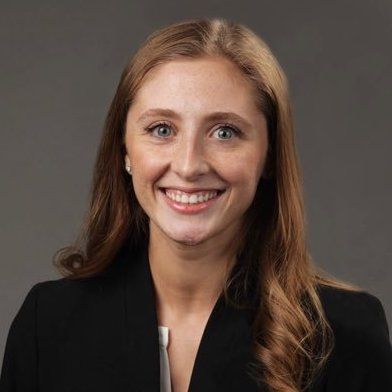News
Article
Transgender Individuals Report Isolation, Concerns Related to Gender Expression Due to Acne
Author(s):
These findings highlight the real access barriers faced by TGD individuals as well as the necessity of additional research to promote evidence-based hormonal acne treatments.
Sarah Gold, BA
Credit: X (Twitter)

Transgender and gender-diverse (TGD) individuals report social isolation, judgment, and diminished self-esteem due to acne, according to a recent analysis, with acne increasing TGD individuals’ concerns related to gender expression as well as bodily appearance.1
These findings and others were the results of a recent study highlighting the lived experiences of TGD patients with acne. The study was conducted as a means to look into these experiences of acne and treatment in transgender and gender-diverse individuals and to highlight these factors to expand upon the overall understanding of such issues for TGD patients.
This research was led by Sarah Gold, BA, from the Department of Dermatology at Emory University School of Medicine in Atlanta, Georgia.
“TGD health, including the impact of acne, is poorly characterized in part due to barriers to research, such as mistrust, logistical barriers, and concerns about being outed,” Gold and colleagues wrote. “This study aimed to explore the lived experience of acne in TGD individuals.”2
Background
The research was given approval by the Emory University Institutional Review Board, and the investigators implemented a convergent parallel mixed-methods design for their work. In their study, the team concurrently gathered survey and interview information from TGD individuals to better inform them on their experiences and treatment barriers linked to acne.
Study subjects were recruited by the investigators from a multidisciplinary gender center featured at a public safety-net hospital and at endocrinology/dermatology clinics featured at an academic center in Atlanta. Those participants deemed eligible would be diagnosed with acne by their clinician, aged 18 and above, English speakers given gender-affirming hormone therapy (GAHT), and identify as transgender or having a gender distinct from assigned birth sex.
The use of 2 clinical settings was used to allow for diverse acne severities and diverse gender identities, adding to the variability of responses. The research team collected data on hormone therapies, sociodemographics, and acne treatment-related data through the use of a 15-minute survey.
The team’s interviews and surveys would occur between January 2021 - April 2022. The surveys involved assessments of skin-related quality of life, severity of patients’ acne, and acne-specific quality of life through validated instruments, but interviews were guided by topics related to minority stress theory and the socioecological model and frameworks informing research on transgender disparities in healthcare.
Minority stress theory was known by the team to highlight the impacts of anticipated rejection, discrimination, and internalized transphobia on patients’ outcomes in health. The socioecological model was known to assess barriers seen at societal, intrapersonal, and interpersonal levels.
Findings
Overall, the research team involved 32 participants, all of which had a mean age of 32 years, with 11 transgender women,17 transgender men, and 4 nonbinary subjects all being included in the work. It was reported by the team that 31% were shown to have self-rated their skin as clear or almost clear, 34% were shown to have reported mild cases of acne, and 34% were found to have had moderate to severe cases.
The subjects noted in the surveys and interviews experiences such as rejection as well as bullying associated with their acne. This was also found to have led to avoidance of many social interactions, to depression, and to anxiety among the respondents.
The investigators noted acne had exacerbated subjects’ dissatisfaction with body appearances, adding that transgender women had reported interference with their feminine expression of gender. Those identifying as transgender men were shown to have frequently normalized acne, viewing it sometimes positively as an early signifier of testosterone action.
Over-the-counter treatments for subjects were commonly attempted, with respondents seeking counsel from peers, clinicians, online forums, and even social media channels. Barriers to treatments for acne among the participants were shown by the team to include lack of multidisciplinary care, overall financial cost, mistrust of healthcare systems, and a lack of education which would be transgender-specific.
“Clinicians should proactively inquire, monitor, and treat acne to take the onus off the patient and facilitate acne care and should develop further research to guide evidence-based hormonal acne treatment,” they wrote.
References
- Gold S, Siira M, Willner S, et al. Lived Experience of Acne and Acne Treatment in Transgender Patients. JAMA Dermatol. Published online January 03, 2024. doi:10.1001/jamadermatol.2023.5355.
- Owen-Smith AA, Woodyatt C, Sineath RC, et al. Perceptions of barriers to and facilitators of participation in health research among transgender people. Transgend Health. 2016;1(1):187-196. doi:10.1089/trgh.2016.0023.
2 Commerce Drive
Cranbury, NJ 08512
All rights reserved.




